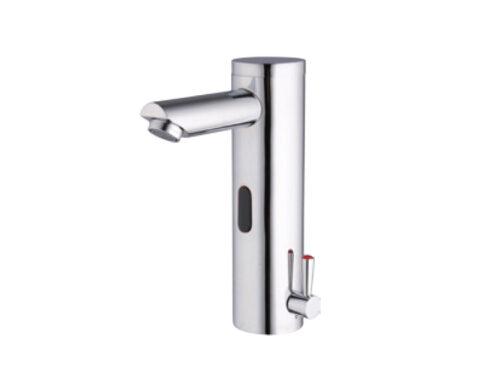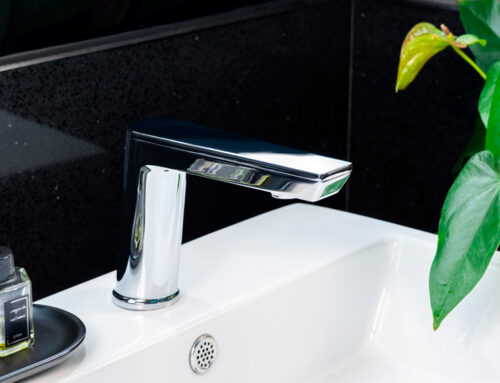Automatic toilet flushers have revolutionized restroom hygiene, offering touchless convenience. Delve into the core components that power these modern restroom fixtures.
1. Sensor: The sensor is the brain behind the automatic toilet flusher. It detects the presence of a user and triggers the flushing mechanism. Utilizing advanced infrared technology, the sensor responds to body heat and motion, ensuring a hands-free and hygienic experience.
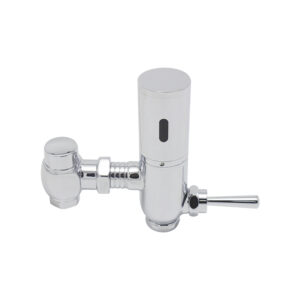
2. Solenoid Valve: The solenoid valve is the gatekeeper of water flow. When the sensor detects a user’s departure, it sends a signal to the solenoid valve, which opens to allow water into the toilet bowl. After a predefined time, the solenoid valve closes, stopping the water flow and completing the flush cycle.
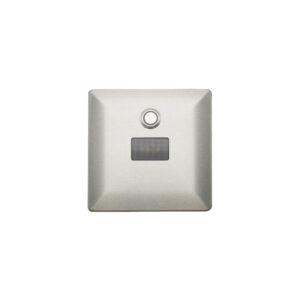
3. Power Supply: Powering these components requires a steady energy source. Automatic toilet flushers can be powered by batteries or electrical connections. Battery-powered units are easy to install but necessitate occasional battery replacements. Electrically powered units link to the building’s power supply for continuous operation.
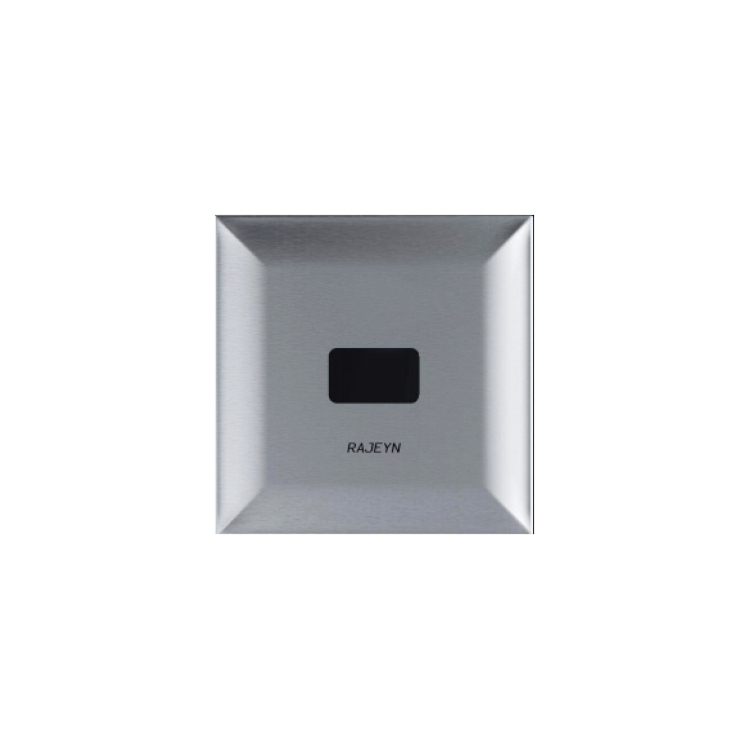
These three fundamental components work harmoniously to create a seamless restroom experience. The sensor detects usage, the solenoid valve controls water release, and the power supply maintains functionality. Together, they contribute to water conservation, improved hygiene, and the convenience of a touchless restroom encounter.
If you want to develop sensor toilet flushers, you can just contact with us. You can also send email to sales3@rajeyn.com.

